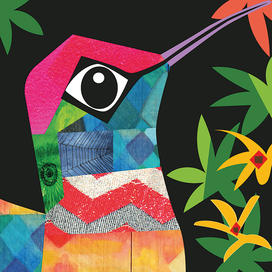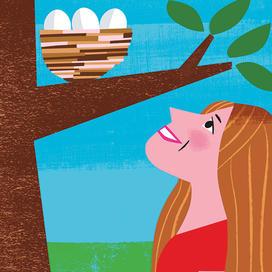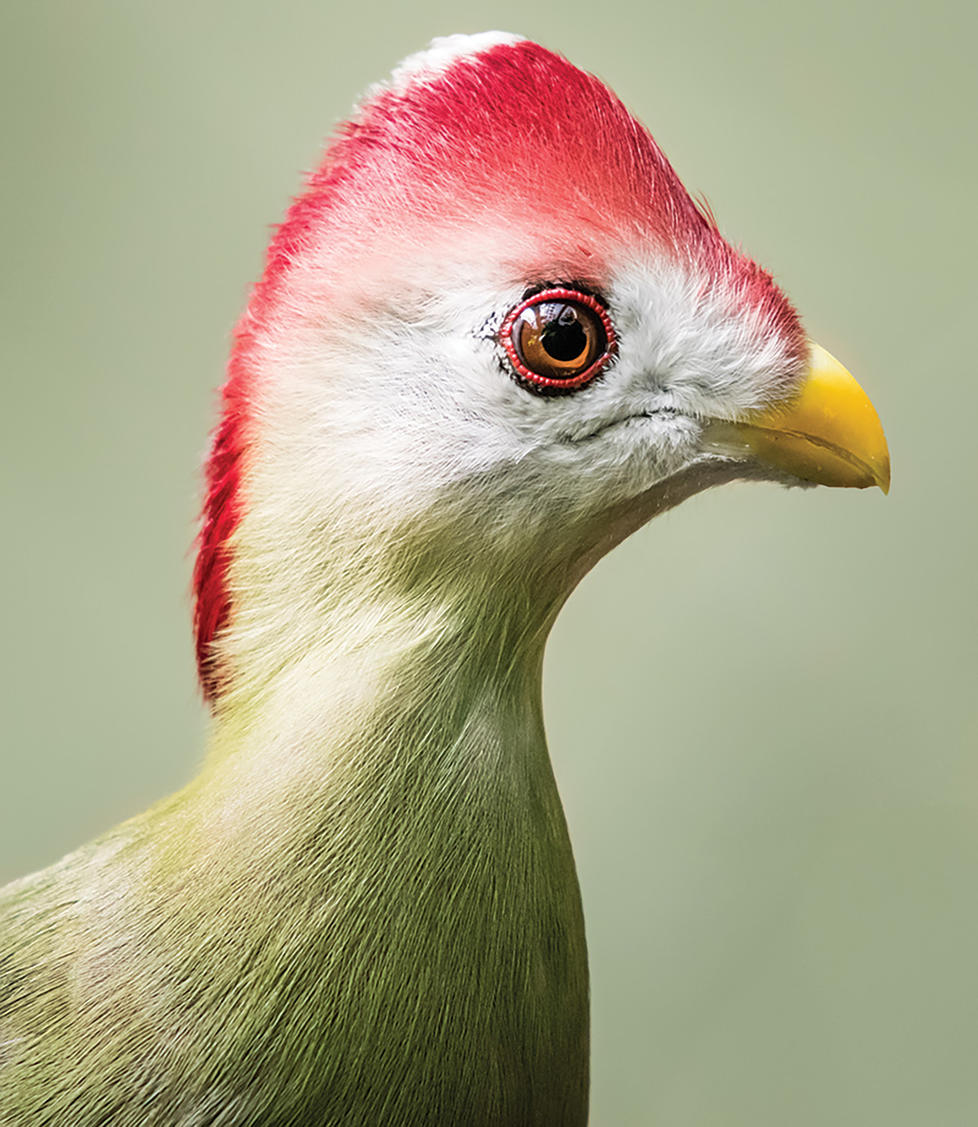
From a young age, Mary Caswell (Cassie) Stoddard has been captivated by nature, but it was always the birds that caught her eye. Influenced by her grandmother’s passion for backyard birding, Stoddard’s love of these feathered creatures was nurtured by her family. An internship at a marine science laboratory during high school sparked the realization that she could combine her fascinations with birds and the scientific process. As an undergraduate at Yale University, Stoddard delved into the world of bird coloration and vision, learning that birds can perceive colors beyond the human visual spectrum, including ultraviolet light. This revelation ignited her passion for understanding how birds experience their world.
She went on to earn a Ph.D. from the University of Cambridge, where she investigated the cuckoo’s remarkable ability to mimic the eggs of its host species, and focused on eggshell shape and structure for her postdoctoral research. In 2016, Stoddard established her lab at Princeton, where she continues to explore the intricacies of bird coloration, vision, and the remarkable properties of eggshells.
Quick Facts
Title
Associate Professor of Ecology and Evolutionary Biology
Time at Princeton
7 years
Recent Class
Sensory Ecology
Stoddard’s research
A Sampling
Seeing Like a Bird

In 2016, Stoddard and her team initiated a pioneering study on hummingbird color vision in the wild, through a research program at the Rocky Mountain Biological Laboratory (RMBL) in Gothic, Colorado, to understand how hummingbirds use their advanced color vision in daily life. To test the hummingbirds’ ability to distinguish between different color pairs in a natural setting, the team built “tetracolor tubes” that produce a wide range of colors, including UV hues visible to birds but not humans, and placed them in a nearby meadow. The success of her initial experiment has led to the emergence of several full-fledged projects at RMBL and Princeton on topics including the spectacular courtship rituals of male hummingbirds.
Better for Birds

Stoddard spearheaded the Princeton Better for Birds Project, an initiative aimed at fostering a deeper appreciation for birds and promoting their conservation on the University’s campus. The project’s primary goal is to engage the campus community in understanding the importance of birds and to inspire action toward creating a more bird-friendly environment. As part of this effort, in late 2023 Stoddard organized a “BirDiversity” art exhibition, which showcased more than 100 pieces of bird-related art submitted by 50 Princeton students and faculty. “It’s been very rewarding to see just how much interest there is in birds,” she says. Stoddard is also collaborating with the Princeton Birding Society and Office of Sustainability to monitor bird strikes on buildings to reduce collisions, as well as planting a pollinator garden to attract birds and butterflies at the Stony Ford Research Station.
Egg Engineering

In addition to her work on avian vision and plumage, Stoddard is investigating the engineering and biomechanics of eggshells from both an evolutionary and materials science perspective. Eggshell is a fast-forming, lightweight biomaterial that must be strong enough to protect the developing embryo, yet weak enough for the chick to break out of. “It’s a really cool engineering conundrum,” she says. By studying the complex interplay between the brittle calcium carbonate shell and the stretchy inner membrane, Stoddard and her collaborators hope to gain insights that could inspire the design of new lightweight and resilient materials that could find applications in everything from aerospace engineering to biomedical devices.











0 Responses